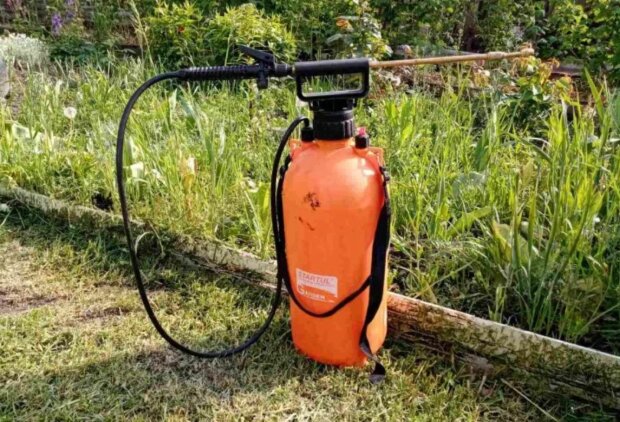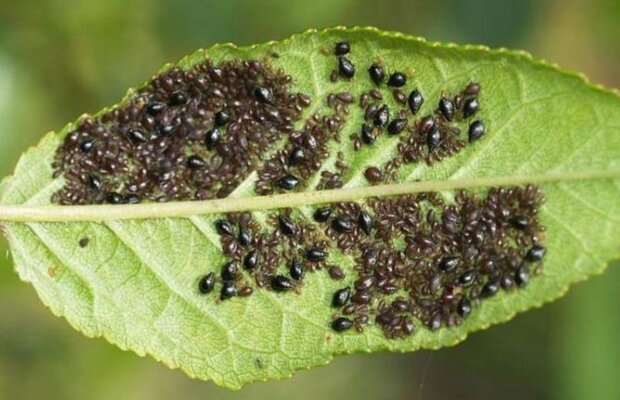Simple and accessible methods can help maintain your garden and vegetable patch without chemicals, high costs, or significant effort. Here are several tried-and-true recipes and tips that you can easily implement right on your property.

1. Baking Soda — A Universal Remedy
One of the most accessible and effective ways to combat pests is baking soda. Simply dissolve 3 tablespoons of soda in 10 liters of water, add 50 g of soap flakes, and thoroughly spray the bushes before the buds open. This remedy effectively repels aphids and caterpillars, while also helping to prevent the development of powdery mildew.
2. Soap and Oil Mixture for Eggs and Insects
If you notice egg clusters on branches, use a mixture of vegetable oil and liquid soap in a 2:1 ratio. Coat the eggs with this mixture, and the insects will suffocate under the oily film. To enhance the effect, add a few drops of peppermint or wormwood essential oil — their scent disorients pests and helps eliminate them.
3. Tobacco Dust Infusion — Nature's Power
Another proven method is tobacco dust infusion. Pour boiling water over 200 g of tobacco dust, let it steep for a day, strain it, and treat your plants. The smell of tobacco is unbearable for most garden pests, including flea beetles and Colorado potato beetles. For added effectiveness, you can mix in a bit of ash.

4. Onion Peel — An Alternative to Tobacco
If you don't have tobacco dust, replace it with onion peel infusion. Pour 300 g of peels with 5 liters of boiling water, let it steep for 2 days, and strain. This infusion will help eliminate spider mites, and the scent of onion effectively repels other pests.
5. Mechanical Pest Protection
Don’t forget about mechanical methods. Hang burlap trap belts on trees, smeared with tar — ants and caterpillars won't be able to cross them. To deter moles and wireworms, create noise. Bury plastic bottles neck-up — the wind will create vibrations that will scare off underground pests.
6. Natural Allies — Gardener's Friends
Attract natural enemies of pests to your vegetable patch! For instance, plant dill, parsley, or buckwheat — their flowers attract ladybugs and lacewings, which prey on aphids. Birdhouses in trees will provide homes for birds that will help combat caterpillars and other insects. It's important not to use chemical treatments that could harm beneficial insects.

7. Crop Rotation — Pest Protection
Remember to change the planting location of crops each year. If you continually plant the same crop in the same area, pests will quickly multiply and become difficult to eradicate. After tomatoes, plant legumes; after cabbage, plant potatoes. Marigolds planted between the rows will help reduce the number of nematodes, as their roots release substances that suppress nematode activity.